Peonies "Black Beauty": description, features of planting and care
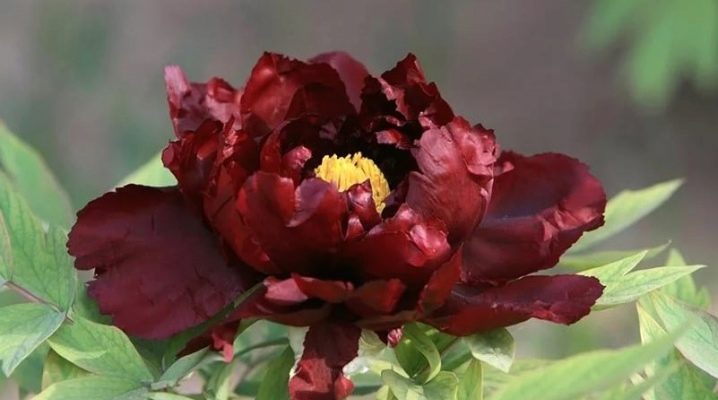
Peonies are one of the most common plants cultivated not only by professional gardeners, but also by amateurs. They are very unpretentious in cultivation and direct care. Most of the varietal peonies not only look amazing, but also have a pleasant aroma. This includes the Black Beauty variety.

Description
Peony variety "Black Beauty", which means "black beauty", was bred by breeders from the United States in 1924. These peonies are early flowering.
Black Beauty peonies have semi-double petals of bright burgundy color with a shade of chocolate. Perfectly shimmer in the rays of the sun. In the middle of the buds, you can see bright yellow stamens. The stems are powerful, the leaves are dark green in color. Peonies of this variety usually bloom in late May - early June.
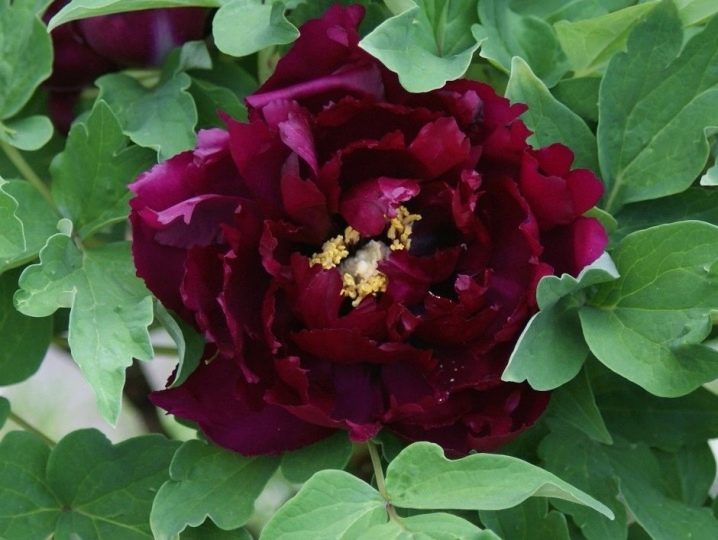
This variety of peonies is considered one of the darkest in a burgundy shade, for which it is especially appreciated by many flower growers. Usually the bushes reach a height of 80–85 cm. The size of the flower is 15–17 cm in diameter. This variety also belongs to winter hardy, perfectly tolerates temperatures up to -40 degrees.
Black Beauty peonies can be a great addition to any garden plot. They can be grown both singly and in conjunction with other plants that are used in the creation of landscape design.
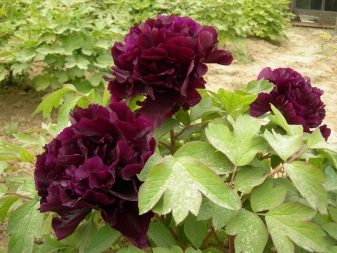

How to plant?
Before planting peonies, it is very important to find the right place for them. It should be open, moderately lit and not too shaded. If you plant in a completely shady place, then the plant, of course, will grow, but will not bloom. For peonies, areas with a close location of groundwater are not recommended, since because of them, the rhizomes of plants can begin to rot.
For peonies, it is good to choose loamy soils. In clayey ones, you have to add a little sand, and in sandy ones, on the contrary, add clay.
If the soil is too acidic, it is recommended to add lime to it for the most comfortable growing of peonies.


Disembarkation and transplantation are usually done in the spring or autumn season. Before planting, you should properly prepare the holes for the plants. Usually they are dug out in the size of 60 by 60 or 50 by 50 cm, and the plants themselves are subsequently placed 1-1.5 meters from each other, since over time the bushes grow quite abundantly. The holes are dug in advance, and a peat mixture with the addition of sand, compost and humus is placed in them. Usually a layer of this kind of fertilizer is no more than 15 cm, after which the pits are filled in so that the earth will be compacted over time. Peonies are planted about 15–20 days after fertilizing the soil.
In the first year, peonies may not bloom, since this period is stressful and adaptive for them. Do not be upset - usually for 2-3 years the plants begin to bloom in full force.
It is worth deepening the plants by an average of 5–7 cm. If they are planted too deep, they will only grow greenery in the future, and not bloom.

Care activities
Usually, caring for peonies at home includes:
- watering;
- mulching;
- feeding.
Top dressing
Top dressing is best applied by foliar method during the next watering of plants. For this, ready-made combined products are suitable, which can be purchased at gardening stores. Usually, immediately after planting in the growth phase, peonies need fertilizing with nitrogen, while setting buds, they need phosphorus in combination with potassium.In total, plants need additional fertilizing during the season 3-4 times on average.
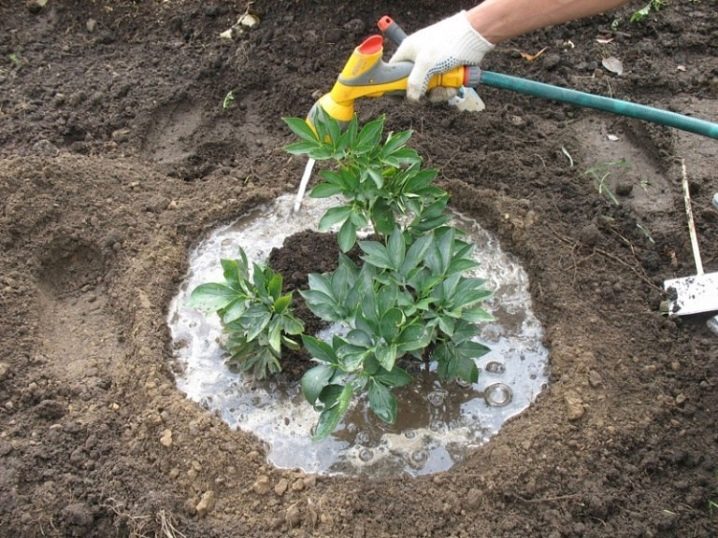
Watering
For each adult bush of a plant, there are usually several watering cans with water. The water must be settled. Watering should be done regularly, but in moderation, without overflowing the plants. Particular attention should be paid to watering in the spring, before the peonies begin to bloom. After watering the plants, it is advisable to loosen the ground. Loosening not only retains moisture more, but also reduces the formation of weeds and grass.
It is very important to remove weeds from the plants, as they can greatly harm the peonies, depriving them of nutrients and disrupting air circulation.

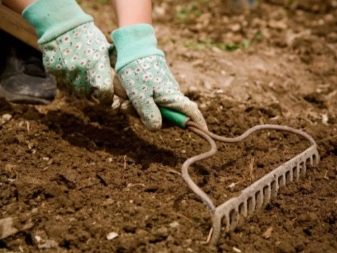
Mulching
As mulch, you can use sawdust, old grass, straw, or ready-made options that can be purchased at flower shops. Mulch protects plants from attack by pests, saturates peonies with nutrients and prevents water from stagnating after watering.
Usually varietal peonies live in one place without transplanting for 5-10 years, depending on the care they are taken. Typically, after this time, the plants are either divided or transplanted. But it should be understood that it will be difficult to do this, since adult peonies have a very large and branched root.
In the autumn, all the stems from the peonies are cut off. It is advisable to sprinkle the remains of them on the bush with wood ash. Young plants should be covered. But adults hibernate well without additional protection.
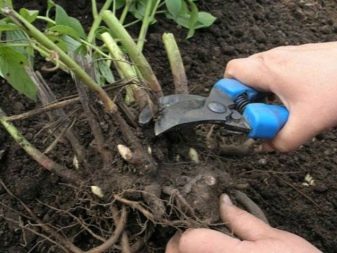
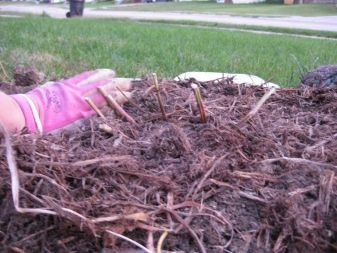
Diseases and insects
Spraying with herbal infusions, for example: chamomile or dandelion, can prevent attacks by insects, pests and diseases. However, with obvious signs of insect damage, it is best to use professional insecticides, which almost always kill aphids, ants, whiteflies and other pests that deplete plants from the first time. But don't abuse them.
If dark or light spots are found on the leaves or flowers of the plant, a fungal disease such as gray rot can be suspected. In this case, in addition to using fungicides and other medicines, it is recommended to pay attention to watering. Fungi very often progress in places of excessive moisture. Also, this kind of disease can be associated with the wrong selection of feedings.
In any case, it is worth working with any plant medicines and insecticides, not forgetting about personal safety measures. Gloves and face shield are required.


For dark varieties of peonies, see the video below.







































































































The comment was sent successfully.